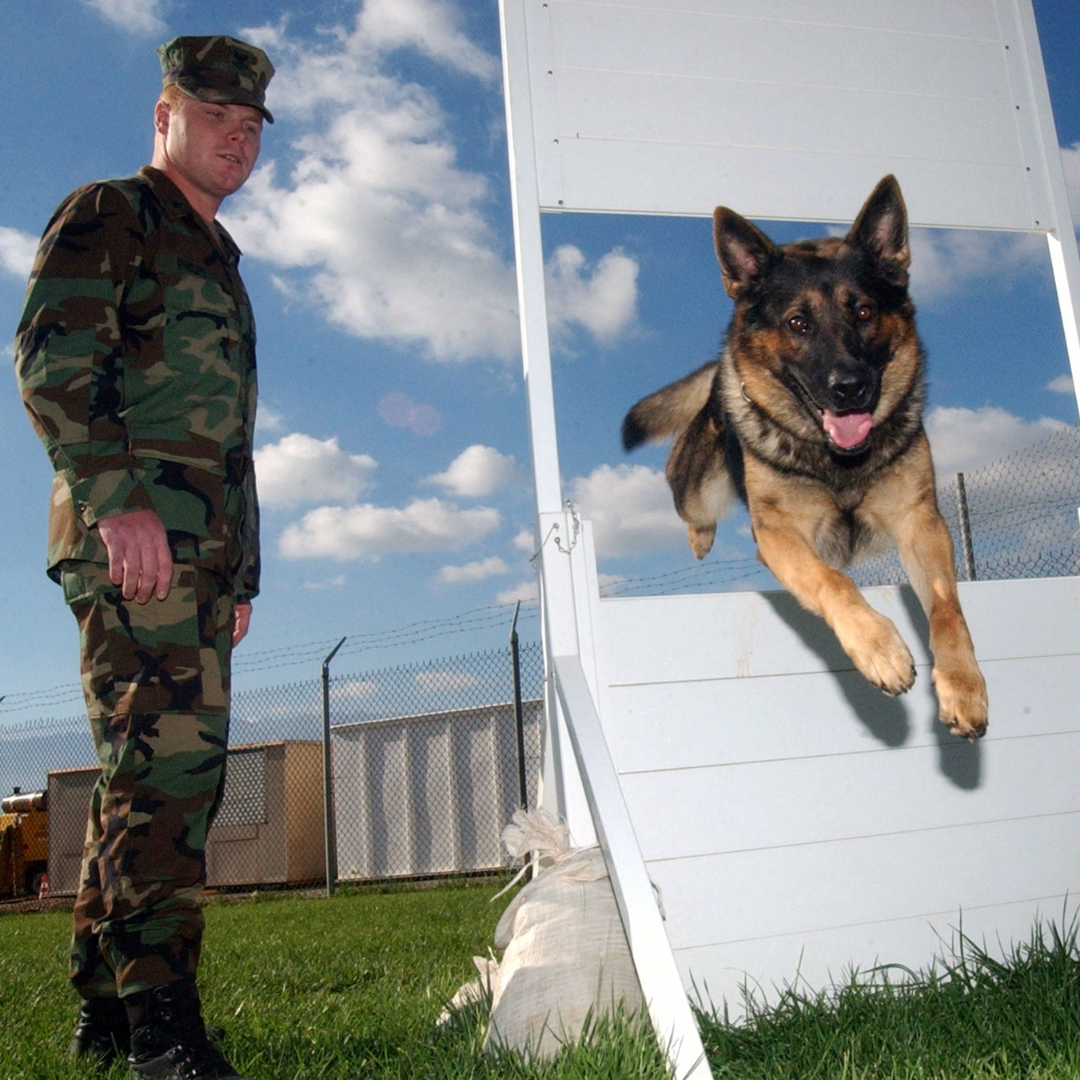Discovering Alternatives for Dog Training Charlotte: What You Required to Know
The Ultimate Guide to Pet Training: Building a Happy, Obedient Pet Dog
Efficient pet dog training is a diverse procedure that pivots on a deep understanding of canine habits and the application of tested methods. By accepting positive reinforcement and constant command usage, animal owners can cultivate not only obedience but additionally a solid, relying on partnership with their pets.

Recognizing Pooch Habits
Exactly how does a pet's behavior show its psychological and mental state? A dog's actions can offer as a home window into its sensations, demands, and general psychological wellness.
Body movement also plays a vital role in comprehending canine behavior. A kicked back stance and open mouth signal comfort, whereas strained muscular tissues and pinned ears may recommend anxiousness or aggression. Observing these signals is vital for recognizing the origin causes of a canine's habits, whether it comes from irritation, concern, or enjoyment.
Furthermore, a pet dog's communication with its atmosphere and other animals can give understanding right into its mood. A pet dog that engages playfully with various other pet dogs is likely feeling protected and social, while one that exhibits evasion or hostility may be experiencing stress or instability. Comprehending these behavioral signs is essential for promoting a strong partnership between the family pet and the owner, inevitably adding to the dog's psychological health and health.
Crucial Educating Techniques
Reliable canine training strategies are necessary for fostering preferable behaviors and reinforcing the bond between a pet and its owner. Making use of positive support is one of one of the most effective approaches, where rewards such as deals with, praise, or playtime are provided to reinforce preferred behaviors (dog training near me). This urges the dog to duplicate those actions, producing a favorable knowing setting
Consistency is one more critical aspect in pet training. Commands should be clear and consistent, and all member of the family should use the very same policies to stay clear of confusing the pet dog. Timing is similarly essential; rewards need to be offered immediately after the preferred habits to develop a clear link between the action and the benefit.
Additionally, short and appealing training sessions work, as pets have varying attention spans. Go for sessions of 5 to 15 minutes, relying on the pet's age and power degree. Including play right into training can also enhance motivation and enjoyment for both the owner and the canine.
Lastly, persistence is critical. Pets find out at their very own rate, and keeping a tranquil demeanor will help alleviate disappointment, making sure a positive training experience. These vital methods lay the groundwork for successful pet dog training and an unified partnership.
Standard Commands to Show

Consistency and positive support are vital when instructing these commands. Dog training. Use treats, appreciation, and play to reward your pet dog's successes. Short, constant training sessions are more efficient than long, infrequent ones. By instilling these standard commands, owners furnish their pets with the abilities essential for a harmonious and mannerly partnership.
Addressing Common Behavioral Issues
Understanding and addressing usual behavior problems in canines is important for fostering a harmonious relationship in between pet dogs and their proprietors. Numerous pet dogs display habits such as extreme barking, chewing, or aggressiveness, which can come from anxiety, dullness, or lack of correct training. Determining the origin of these habits is the first action toward reliable intervention.
For instance, extreme barking might suggest a need for interest or a reaction to ecological Read Full Article stimuli. In such instances, owners need to examine the canine's setting and offer ample mental excitement, such as interactive toys or normal exercise. Chewing can frequently be taken care of by redirecting the actions to appropriate eat items and making sure that the dog has adequate physical task to minimize dullness.
Aggressive actions needs mindful handling and may require professional training support. It's critical to comprehend that penalty can aggravate anxiety and hostility, bring about a cycle of behavioral problems. Rather, concentrate on positive reinforcement methods to compensate desirable behaviors and strengthen a feeling of safety and security.
Structure a Favorable Training Setting
Creating a positive training environment is essential for strengthening preferable actions in dogs and reducing behavior problems. This setting needs to look at here now be characterized by consistency, motivation, and a clear understanding of the training goals. By developing a regular, pets learn what is expected of them, which aids lower anxiety and confusion.
Making use of positive reinforcement techniques, such as deals with, praise, and play, promotes a complacency and motivation in the canine. Rewarding etiquette quickly and consistently enhances the preferred activities, making the training process much more reliable - dog training near me. Additionally, fitness instructors need to remain individual and calm, as pets are delicate to their handlers' feelings
The training space ought to be without diversions to ensure the dog can concentrate on the jobs available. Take into consideration using a peaceful room or a protected exterior area. Integrating playtime and socializing into training sessions promotes a well-shaped strategy, boosting the dog's learning experience.
Eventually, a favorable training atmosphere nurtures a strong bond between the pet and trainer, bring about an obedient, satisfied family pet. By prioritizing this setting, animal proprietors can effectively attend to behavioral obstacles and grow an effective training journey.
Final Thought
Effective canine training relies on an extensive understanding of canine behavior and the application of positive reinforcement techniques. Adopting these principles guarantees a fulfilling training experience for both pet dogs and their owners.
Reliable pet dog training is a multifaceted procedure that pivots on a deep understanding of canine actions and the application of tried and tested methods. A pet dog that engages playfully training a cat to walk on a leash with other canines is likely feeling protected and social, while one that displays avoidance or aggressiveness might be experiencing tension or insecurity.Efficient pet training strategies are essential for fostering preferable actions and strengthening the bond between a pet and its proprietor.Producing a positive training setting is essential for reinforcing preferable behaviors in canines and mitigating behavioral issues.Effective pet dog training counts on a detailed understanding of canine habits and the application of positive reinforcement techniques.